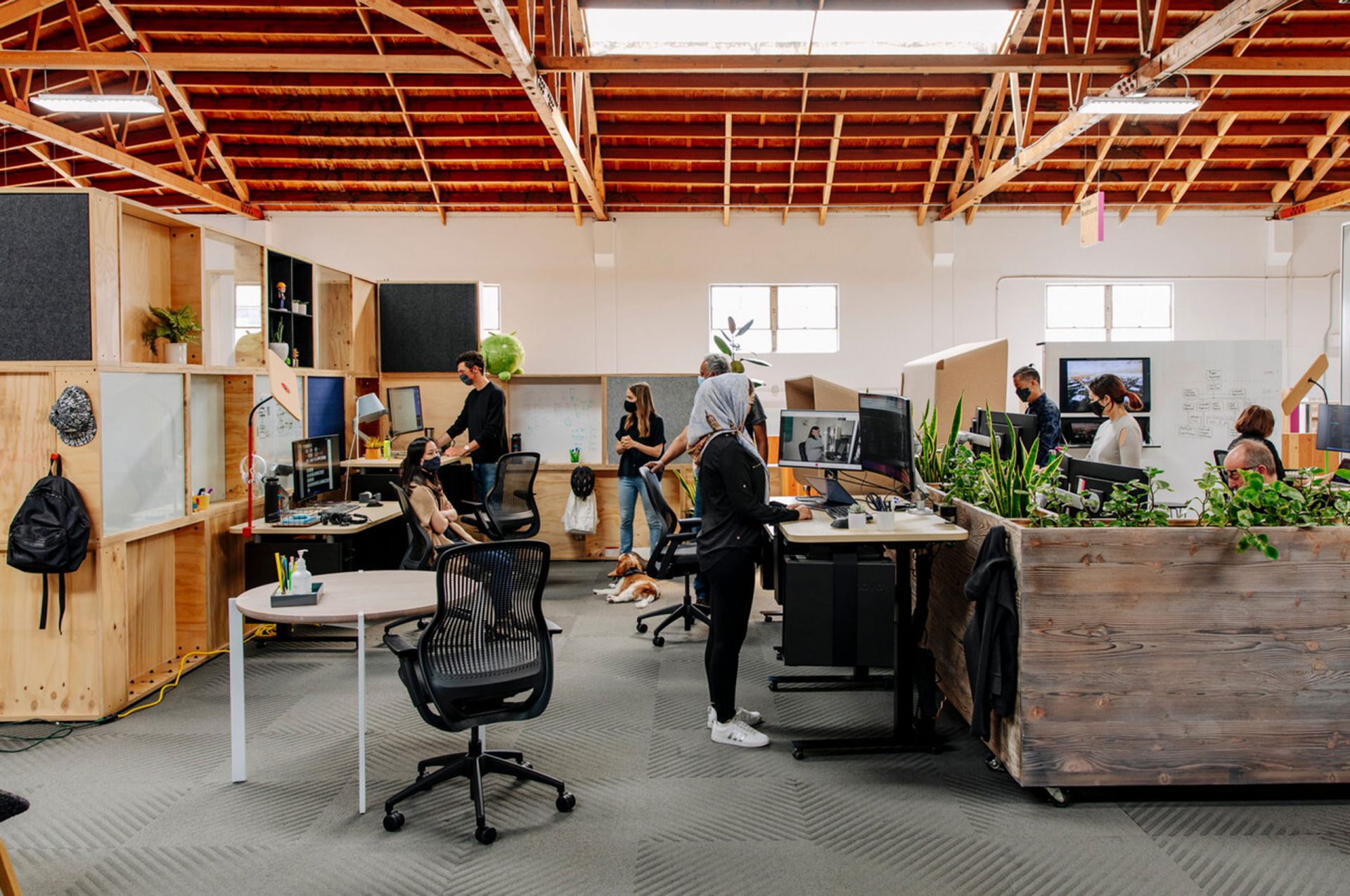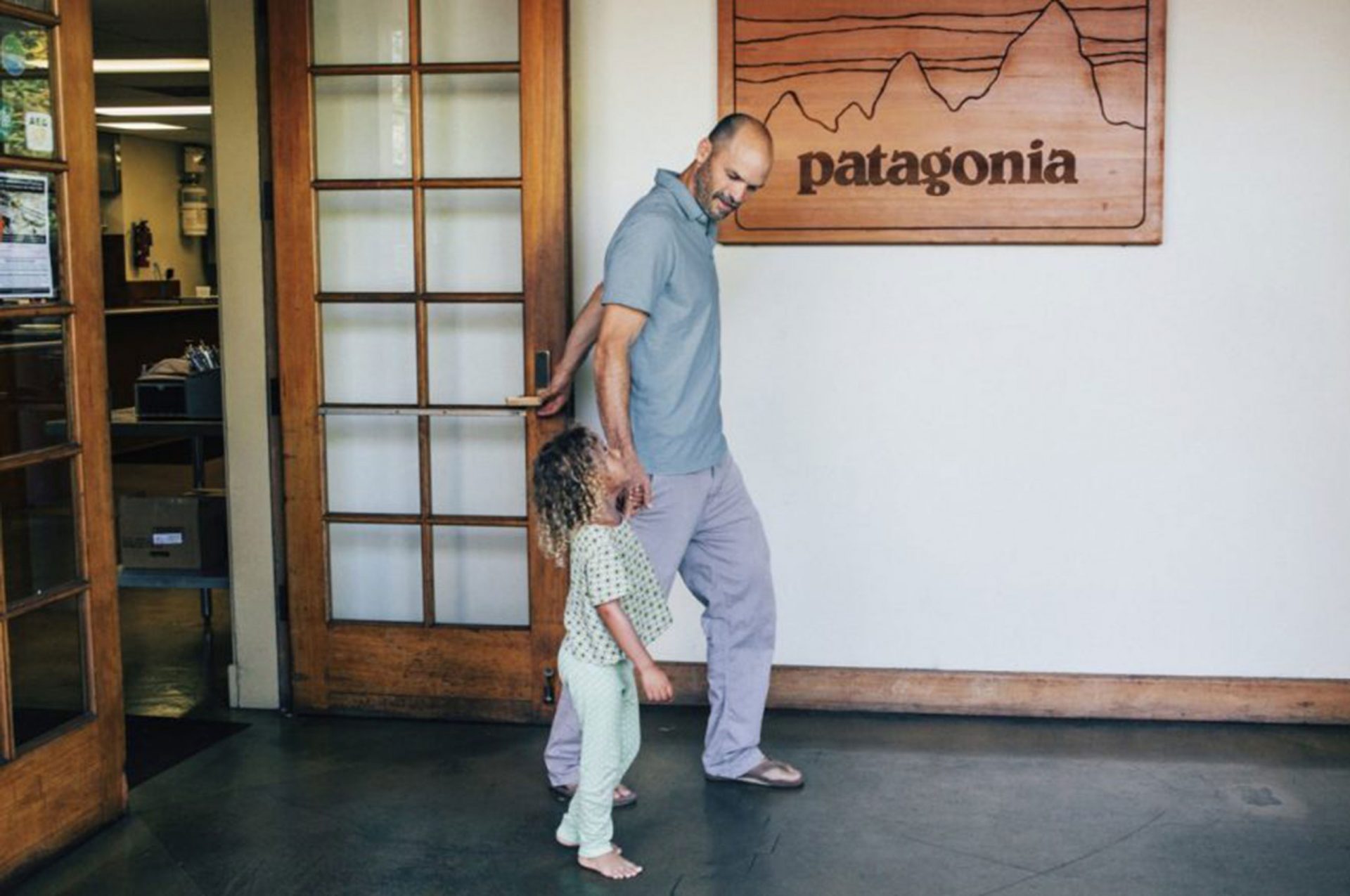

The scenario of a return to densely packed, hierarchical office structures that require employees to be present Monday to Friday from 9am to 5pm seems unlikely, given our taste for remote working. Much more compelling is the concept of the office brand clubhouse equipped to support dispersed, autonomous and asynchronous employees. Such hubs will be spaces for enjoying the benefits of in-person work – from mentorship and building relationships through to the ‘creative combustion’ termed by Jamie Dimon, CEO of JPMorgan Chase – in combination with the benefits of remote work.
Riding on the wave of digitisation and advances in automation and AI that we have witnessed over the past year, it is no surprise that smart solutions that accommodate hybrid work will be expected as a given in the workplace of the future. One key example of this is of course video conferencing, which presents a common-sense solution to unneeded business travel –in terms of health risk, time resource and sustainability – and, according to McKinsey, in contrast to travel for leisure, business travel is unlikely to return to the popularity it enjoyed before the pandemic for these very reasons.
The team at Zoom are equally aware that they should not be resting on their laurels. In February this year they introduced the Everywhere Workforce, a series of products, services and features to support hybrid working, from a receptionist ‘mode’ that provides contactless entry in the physical offices to a dashboard that monitors how many people are in a room at any one time and a Neat Bar, which allows staff to monitor factors such as air quality, humidity and CO2 levels across their building.

Moreover, technology once associated with sci-fi and far-flung visions of the future are set to become part of our everyday lives; WeWork has partnered with ARHT Media Inc to roll out hologram functions to 100 of its buildings, UBS have trialled the Microsoft HoloLens smart glasses for its London-based traders, and with developments such as PORTL Hologram and Microsoft Holoportation, we could reasonably be walking to local neighbourhood pods to attend meetings and conferences as holograms in the near future as standard practice – and likely supported by haptic technology. Note the Teslasuit (separate to the Tesla of Elon Musk) presented at the SingularityU Summit this year offers full-body haptic feedback, delivered via a fine web of electrodes over the body. We will not only be able to enter virtual worlds but feel and interact with them too.
Other new workspace models are emerging, such as neighbourhood offices, hot desks in hotels and cafes, and the provision of day offices and other mix-and-match agility packages. New hires, not least the Director of Agile Working, will be required to manage the shift to and running of the hybrid workplace, and to consolidate new requirements such as policies regarding homeworking allowances or benefits around flexible season tickets. Equally, our lexicon will continue to expand, with terms such as ‘in- and out-days’, ‘threekends and fourkends’ already gaining traction.

This new world is being ushered in not least because, as according to Microsoft’s 2021 Work Trend Index, the majority of workers want flexible working options to remain after lockdown and, as Richard Branson famously put it, ‘look after your employees, and the rest will follow’.
As much as looking after employees is about pragmatic solutions, such as ergonomic furniture and paying utility bills for those working from home, support also comes down to monitoring employees’ mental, physical and spiritual health.
Gartner warn of a coming ‘rush for the exit’, predicting that many employees will jump ship after a year of pushing themselves into burn out and ‘boreout’ to keep themselves, their families and their companies afloat. The past year has not only been a year of striving but also a year to reflect on what really matters; and Microsoft reports in its 2021 Work Trend Index that over half of employees feel overworked, 39% feel exhausted, and 20% think their employer frankly doesn’t care about their work-life balance, making the predicted rush feel quite inevitable indeed.
Wellbeing is a crucial asset for retaining talent, and one particular development in how this is showing up in the physical office is through the provision of green or ‘biophilic’ spaces, which respond to the innate connection that humans have with nature. Not only do plants purify air, but they improve mental health and productivity.

A rising number of companies are taking bold steps for the wellbeing of hybrid workers, whether that is Patagonia’s provision of on-site child care, Bristol-based company Coexist’s period policy, or Microsoft’s trial of a four-day week; note Microsoft reported that employee productivity increased by 40%, and in news reported last month, Spain may be one of the first countries in the world to trial the four-day week after the government agreed to a pilot project for those interested.
Whether viewed as an aberration or not, the hybrid workplace is here to stay; as CEO of Dell Technologies Michael Dell observed, ‘work is something you do. It’s an outcome, not a place or time’. And we have every opportunity to act on this. McKinsey reported as of February 2021 that computer-based office workers could spend 70% of their time working remotely without losing effectiveness, and while McKinsey also predict that it is only 20-25% of all workers in advanced economies that could work remotely for over three days a week on a long-term basis, this still marks a fundamental shift.
It starts with acknowledging the fact that our concepts for how we view what work is and how it functions are changing, rather than pretending that the extraordinary events and innovations of the last year have not happened, and yearning for a return to the office hierarchies, filing cabinets and constraints of the past.
This shift to a hybrid workplace presents a massive challenge for business owners and developers, but it also raises fundamental questions about the future of our cities. If the renaissance of the workplace can be cracked at this critical turning point, it has every opportunity to be a magnet for investment and talent in our urban areas. Our cities can bounce back as safe and sustainable places of great creative exchange and of the serendipitous pleasure which we have been so deprived of over this last year.